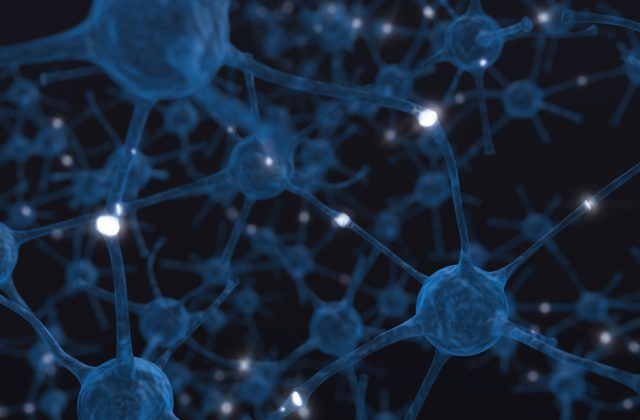About the Seminar
Destruction of the visual cortex leads to clinical blindness, but several visual functions may persist without awareness (blindsight). Affective blindsight refers to the uncanny ability of such patients to discriminate reliably the emotional valence of stimuli they cannot consciously perceive. Recent studies have started to examine and compare emotion recognition with and without awareness. This line of research is revealing: a) which behavioral and psychophysiological properties are characteristic of each mode of perception, and b) which neurofunctional and neuroanatomical pathways underpin affective blindsight. As far as the first issue is concerned, emotional stimuli projected to the blind field elicit spontaneous facial expressions and psychophysiological changes that are faster and more pronounced than the reactions triggered when the very same stimuli are displayed to the intact visual field. Also, not all types of expressions can be discriminated without awareness, but only biologically primitive expressions (i.e., basic emotions). Secondly, emotion recognition without awareness seems uniquely associated with activity in a subcortical pathway of ancient evolutionary origin and involving the superior colliculus, the pulvinar and the amygdala. Lastly, in vivo tractography (DTI) shows that these subcortical structures have direct anatomical connections in the intact human and non-human brain and that such connections are strengthened in patients with affective blindsight.
About NIAS Seminar
NIAS Seminars are aimed to stimulate scientific cross-pollination within the NIAS academic community, but seminars are open to others who are interested. Please let us know if you wish to attend.




